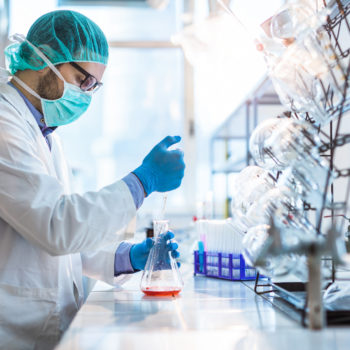Among the most feared blood diseases, the chronic leukemia is a blood tumor from which, as the name itself says, it is not possible to heal. Every year it affects 3,000 patients in Italy, especially those over the age Particularly silent, at the beginning the disease does not manifest itself clearly, making the diagnosis difficult.
Although it is chronic, this disease can be treated with a new and very effective treatment that would allow such a regression that some patients, without the use of chemotherapy, can suspend treatment after two years, keeping the disease silent. We spoke with Prof. Armando Santoro, Director of the Cancer Center of Humanitas, about this new and significant step forward in blood cancer.
The new “Murano” study against leukemia
“According to a new study conducted on 400 patients with relapses and refractories to previous therapies, in some categories of patients a new combination of drugs is proving so effective that, without recourse to chemotherapy, it is possible to prescribe for the first time with a fixed duration: after 24 months it has been seen that it is possible to suspend treatment without danger of regression”.
So far treated as chronic, and therefore incurable, the new pharmacological combination would make it possible to think of this invincible pathology as “curable”, significantly increasing life expectancy even in cases with the most unfavorable prognosis and making it invisible to diagnostic tools.
Difficult diagnosis: what are the most obvious symptoms of leukemia?
Every year chronic lymphatic leukemia affects 3,000 patients in Italy, especially those over the age of 70. Particularly silent, at the beginning the disease does not manifest itself clearly, making the diagnosis difficult. It can appear as a slow healing flu, an unmotivated fever and the appearance of spontaneous hematomas.
“Most patients discover that they are suffering for different reasons, making a blood count,” explained the specialist. Fortunately, this tumor is not very aggressive, so most of the patients will have to undergo periodic checks, while one third of the patients will have to undergo treatment.
Among the most obvious symptoms: the swelling of lymph nodes and spleen, a sign of advanced leukaemia for which there is certainly a need for treatment based on the combination of chemotherapy and monoclonal antibodies. However, when the symptoms become more complicated rather than better, the new pharmacological combination comes into play, which acts as an “intelligent bullet”, blocking the reproduction of cancer cells.








